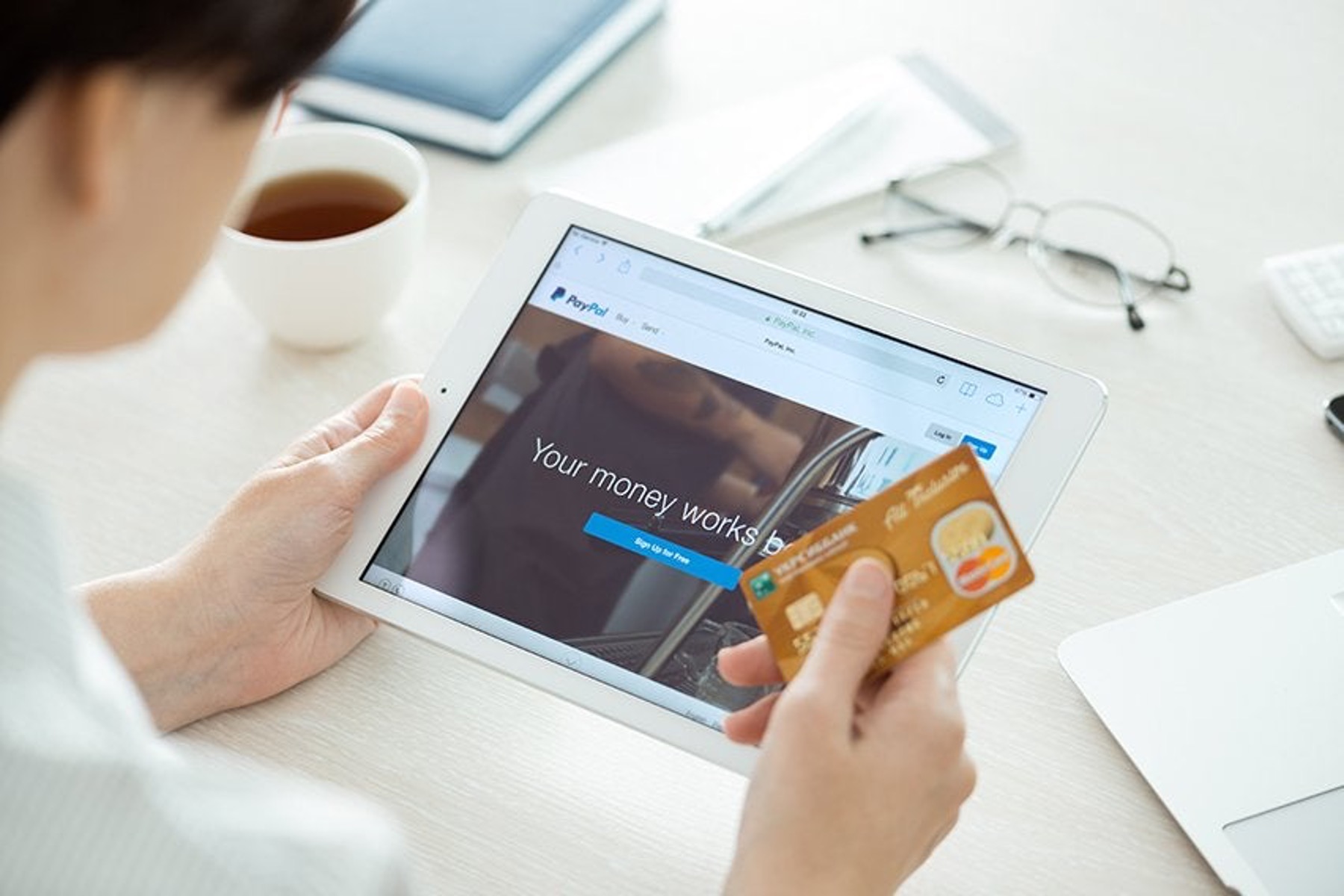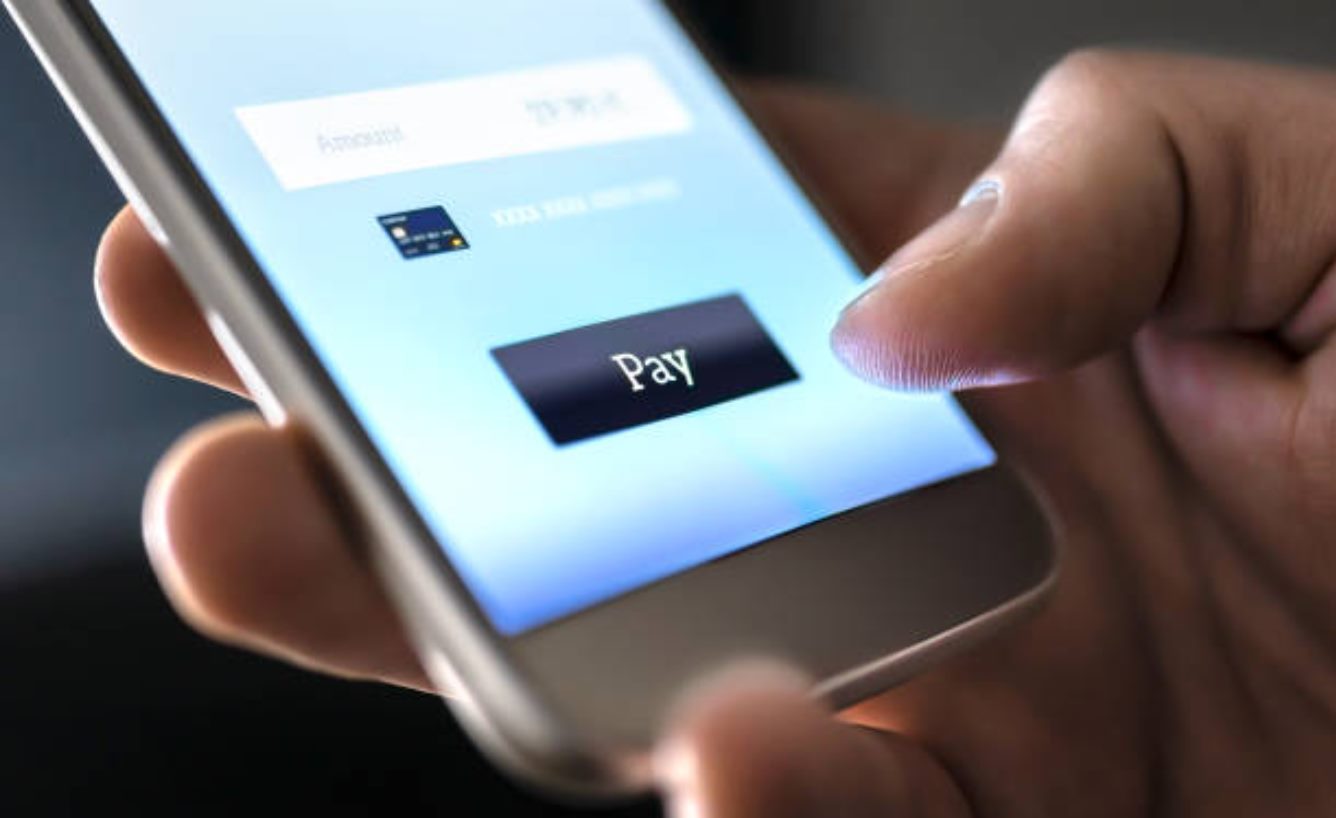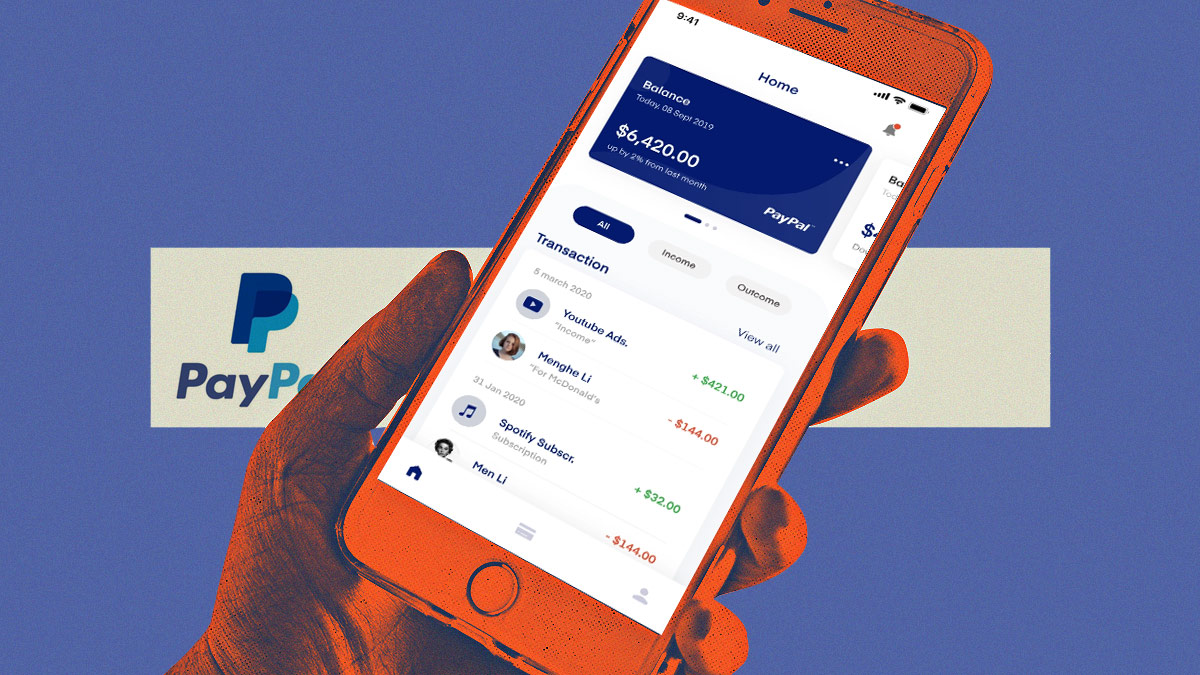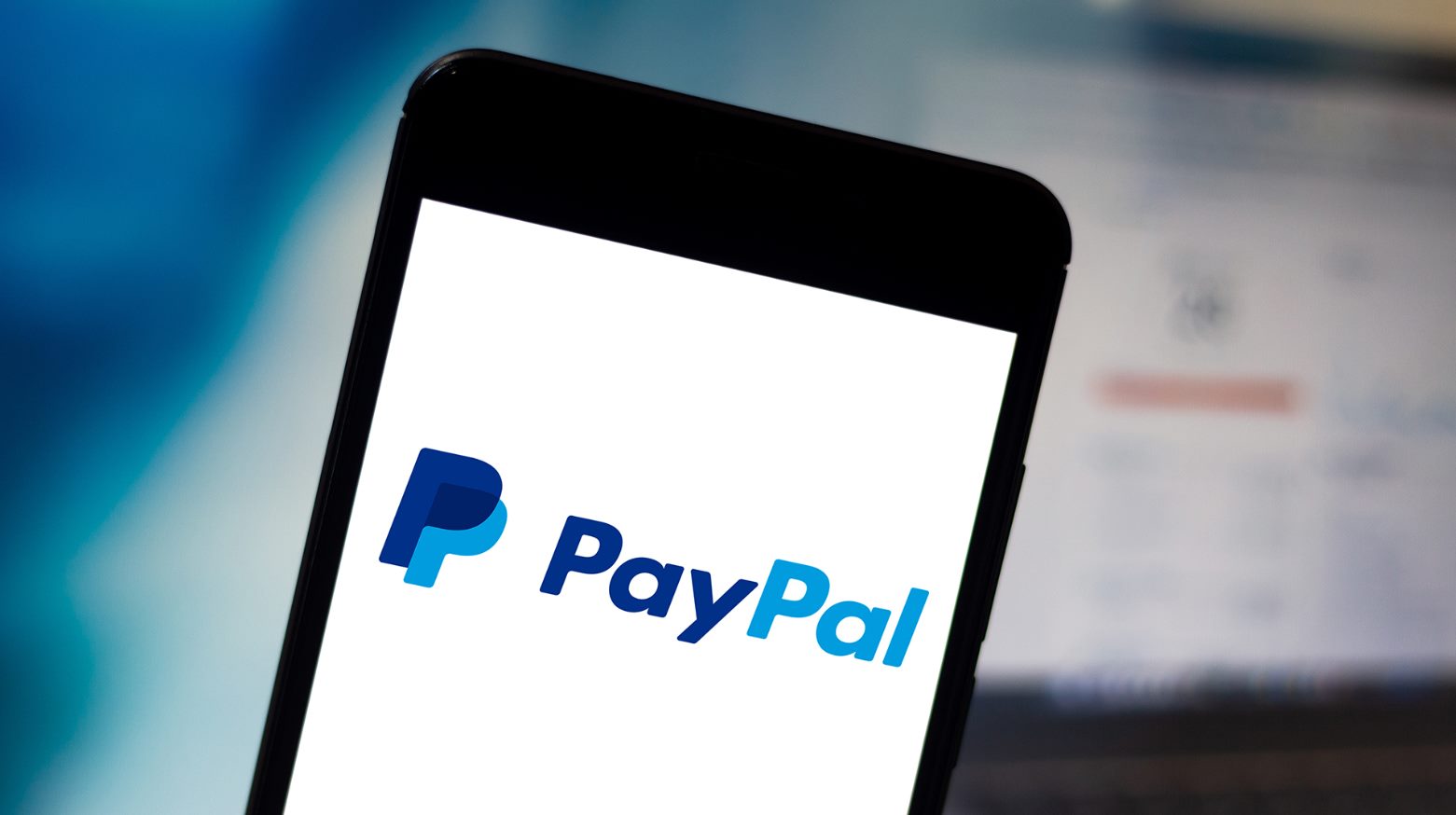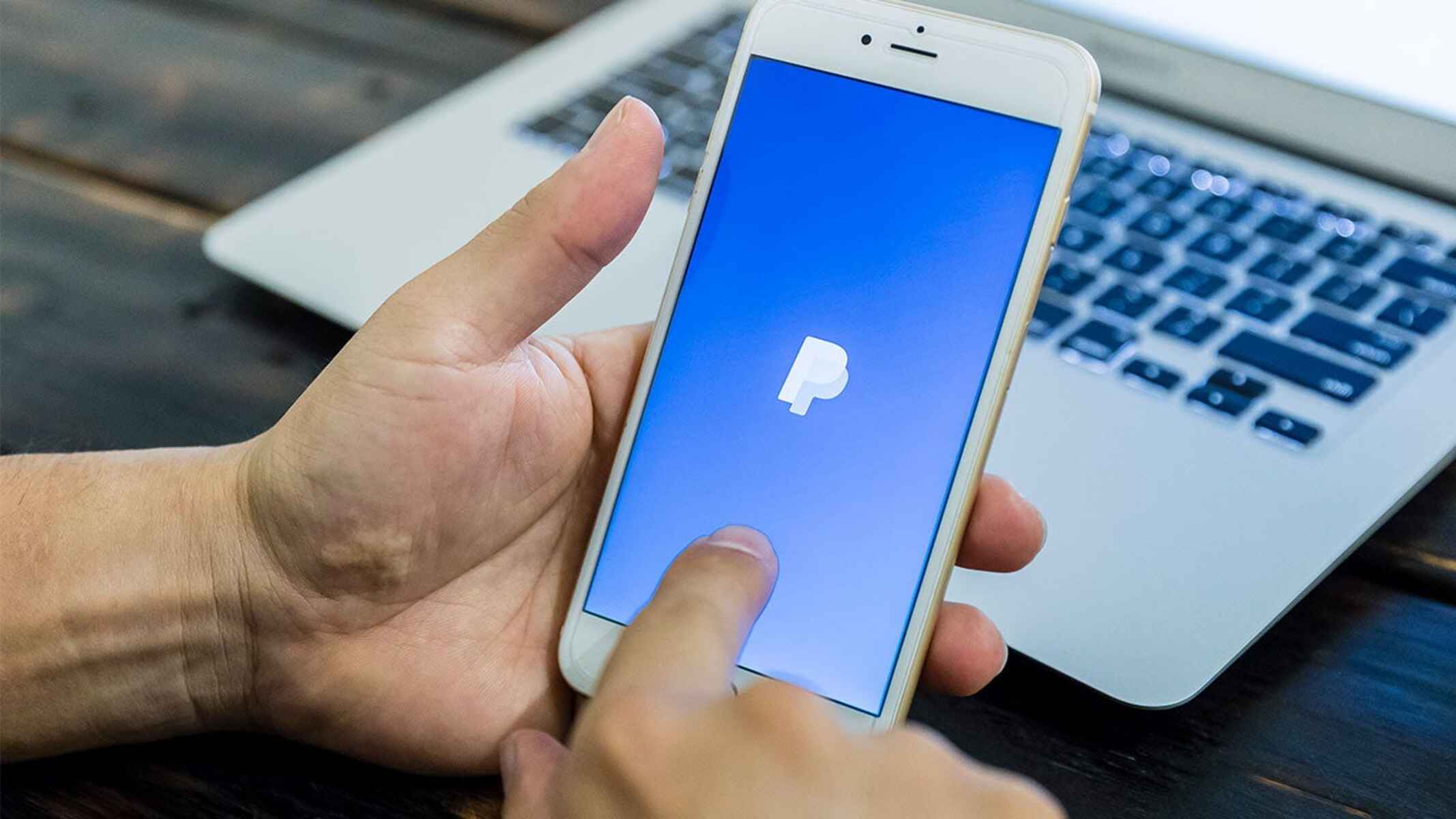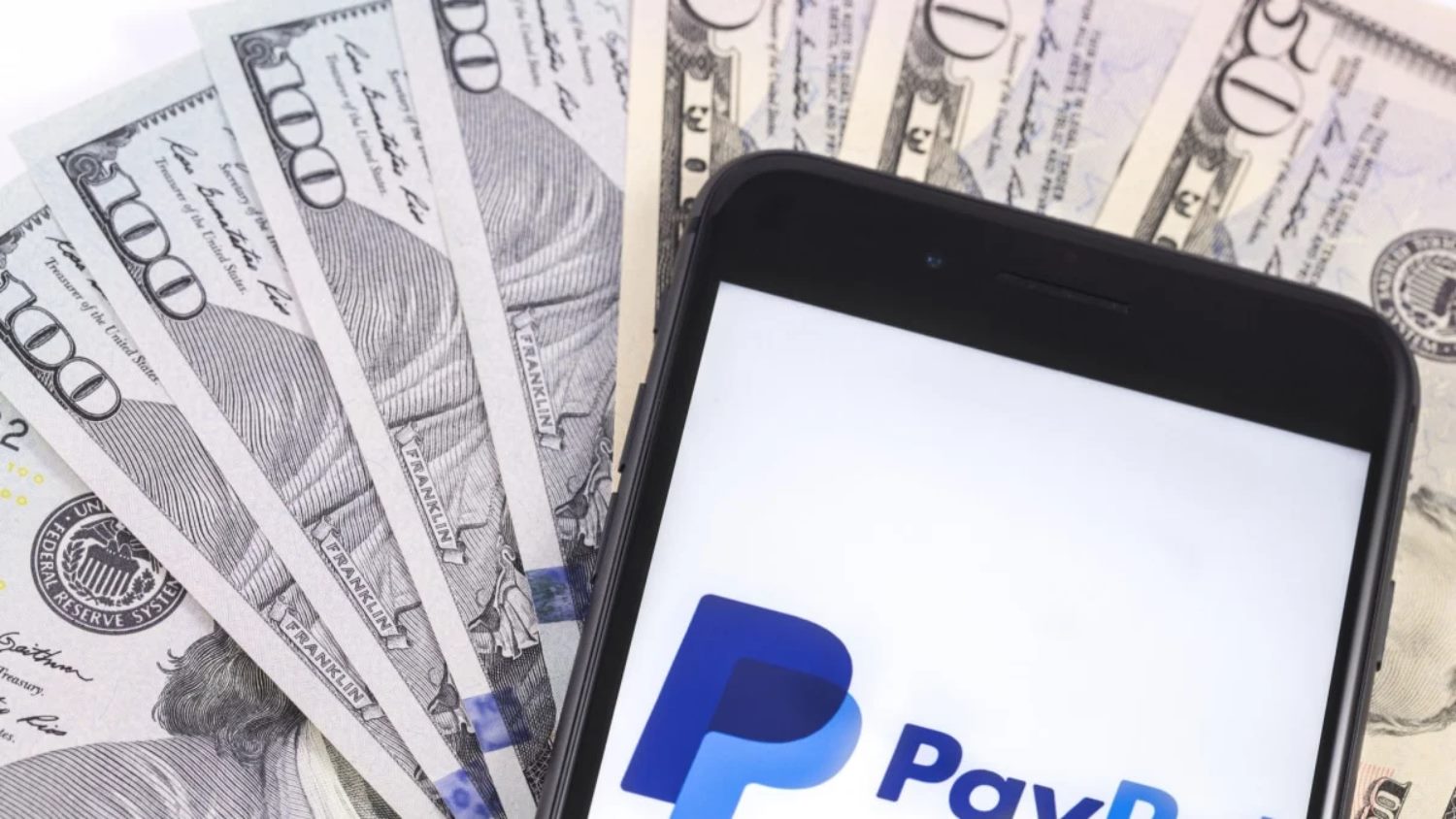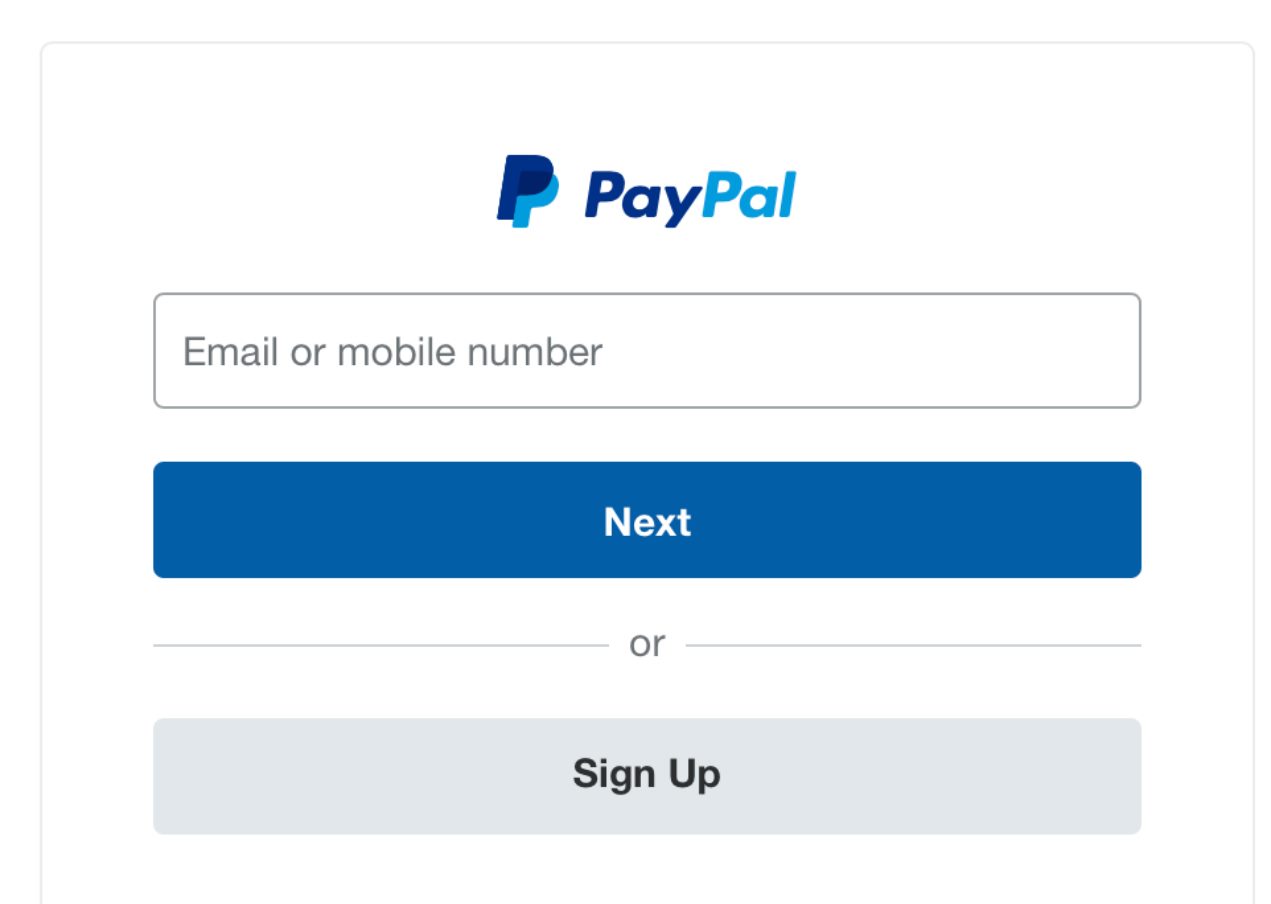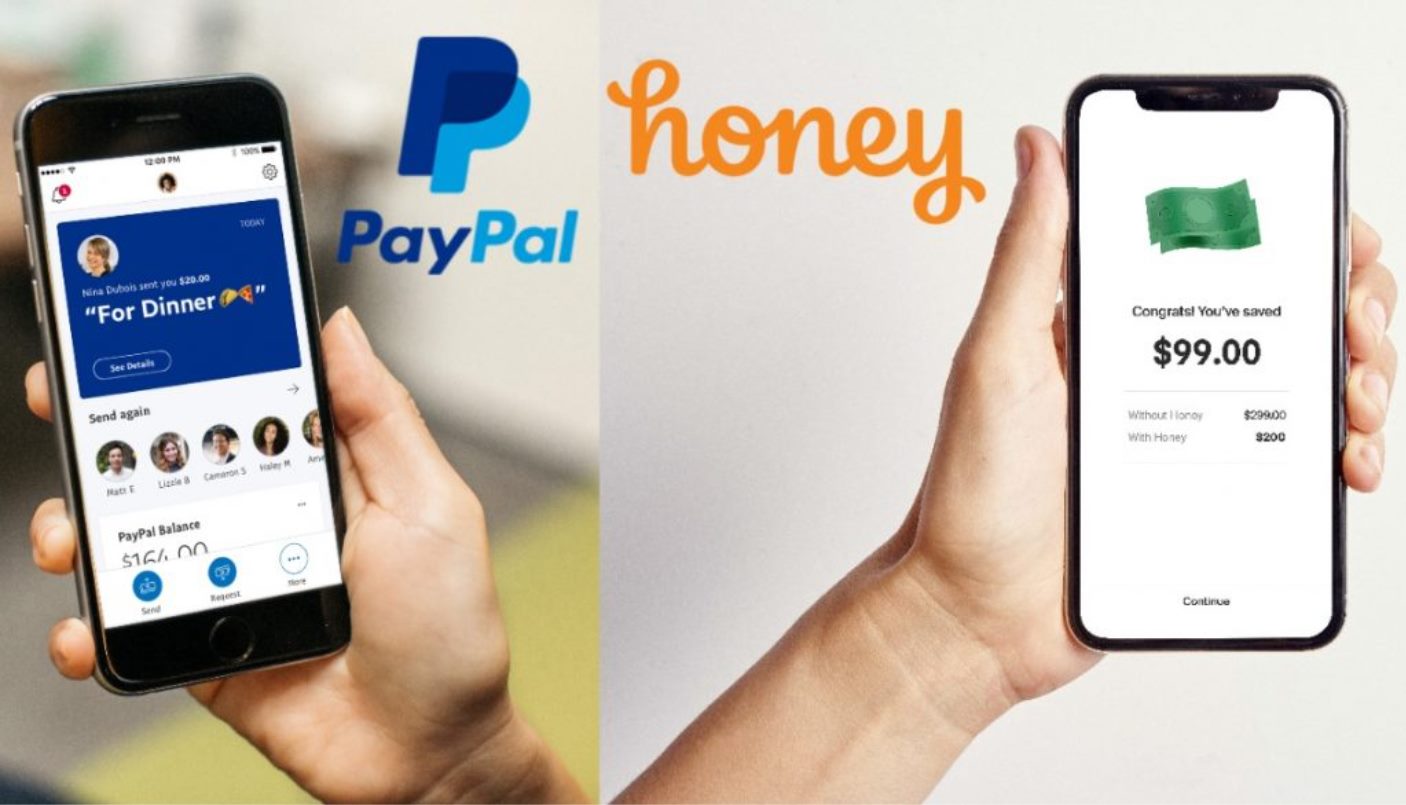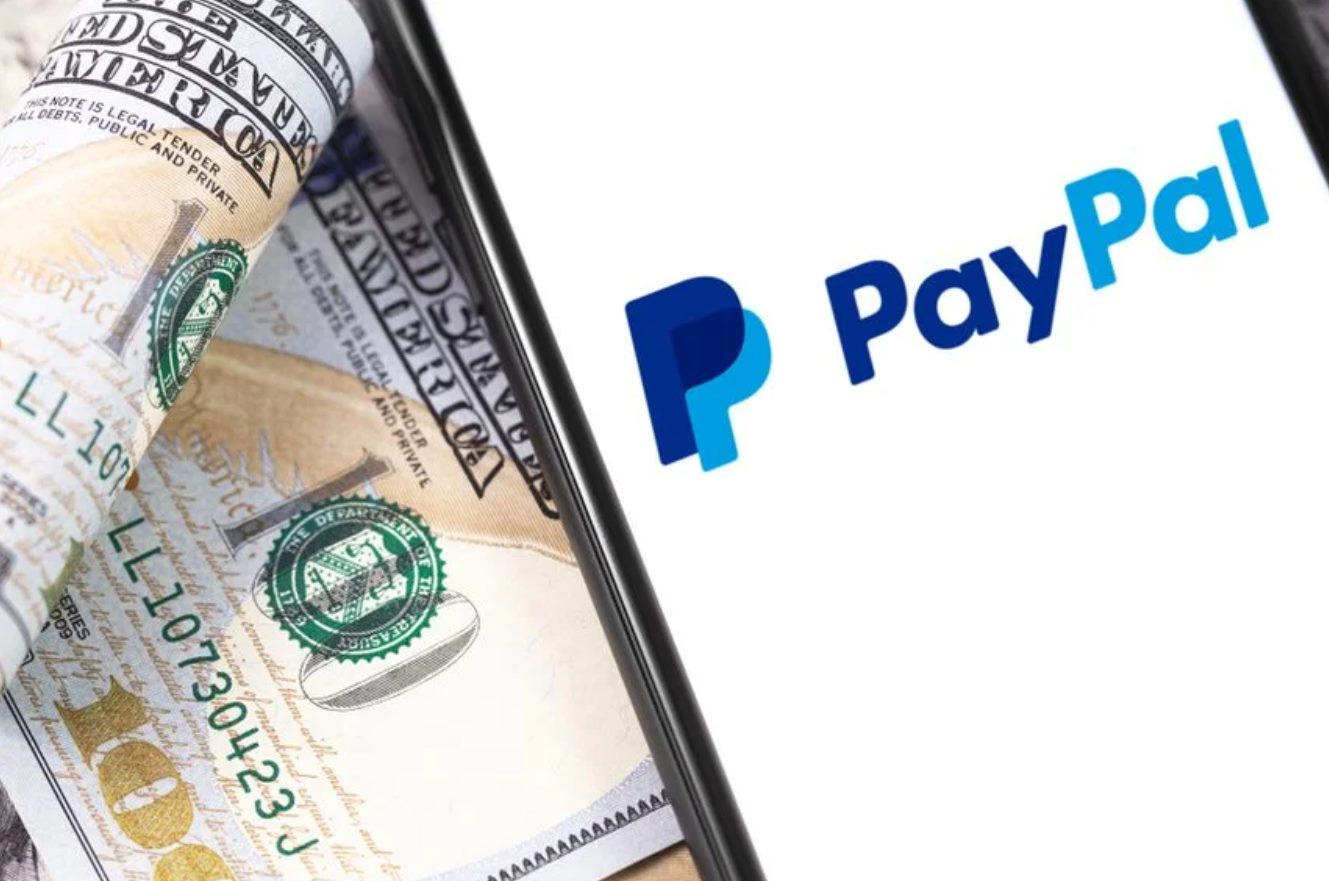Introduction
Welcome to the world of online payments, where sending and receiving money has become easier than ever. One popular method of receiving money online is through PayPal. Whether you’re a freelancer, an online business owner, or simply someone who wants to receive payments from friends and family, PayPal offers a convenient and secure platform for conducting transactions.
In this article, we will explore various methods of receiving money on PayPal and guide you through the process. From setting up your PayPal account to linking your bank account or debit/credit cards, we will cover all the necessary steps to ensure a smooth experience.
With PayPal, you have multiple options for receiving money, depending on your specific needs and preferences. We will discuss five common methods: requesting money, using your PayPal.me link, invoicing, selling products or services, and crowdfunding or donations. Each method has its own advantages and is suitable for different situations.
So, whether you’re running a small online business or need a reliable platform for personal transactions, PayPal is a versatile tool that can meet your needs. Let’s dive in and explore the various methods of receiving money on PayPal.
Setting Up a PayPal Account
Before you can start receiving money on PayPal, you’ll need to set up an account. It’s a quick and straightforward process that requires just a few simple steps.
First, visit the PayPal website and click on the “Sign Up” button. You’ll be asked to choose between a personal or business account. If you’re using PayPal for personal transactions, select the personal account option. If you’re running a business or plan to receive payments for selling goods or services, choose the business account option.
Next, provide the required information, including your name, email address, and a secure password. Make sure to use an email address that you have access to, as PayPal will send important notifications and account-related updates to that address.
After creating your account, you’ll be asked to link a bank account or debit/credit card. This step is optional but highly recommended, as it allows you to easily transfer funds to your bank account or make payments using your connected card.
Keep in mind that you may need to verify your account by providing additional information or confirming your email address. PayPal takes security seriously, and these measures help protect your account and ensure a safe online transaction experience.
Once your PayPal account is set up and verified, you’re ready to start receiving money. The next step is to link your bank account or debit/credit card, which we’ll discuss in the next section.
Linking Your Bank Account
To make it easier to receive money on PayPal, linking your bank account is highly recommended. It allows you to transfer funds from your PayPal balance directly to your bank account, making it accessible for everyday expenses or withdrawing physical cash.
Linking your bank account is a straightforward process. Here’s how to do it:
- Login to your PayPal account and navigate to the “Wallet” tab.
- Select the “Link a bank account” or “Link a card” option, depending on your preference.
- Follow the instructions provided and enter the necessary information, including your bank account number and routing number.
- PayPal will then initiate a small deposit to your bank account (usually a few cents) to verify the account. This process may take a couple of business days.
- Once you see the deposit in your bank account, return to your PayPal account and confirm the deposit amount to complete the verification process.
- Your bank account is now linked to your PayPal account, and you can transfer funds back and forth as needed.
Linking your bank account provides added convenience and flexibility when receiving money on PayPal. It allows you to move your funds to your bank account for easy access or use them directly when making online purchases.
Keep in mind that there may be minimal fees associated with transferring funds from PayPal to your linked bank account, so be sure to check PayPal’s fee schedule for the most up-to-date information.
In the next section, we will explore another option for linking your debit or credit card to your PayPal account.
Linking Your Debit or Credit Card
In addition to linking your bank account, you can also link your debit or credit card to your PayPal account. This allows for quick and easy transactions using your card balance.
Linking your debit or credit card is a simple process. Follow these steps:
- Log in to your PayPal account and navigate to the “Wallet” tab.
- Select the “Link a bank account” or “Link a card” option, depending on your preference.
- Choose the “Link a debit or credit card” option.
- Enter your card information, including the card number, expiration date, and security code.
- Review the details and confirm the linkage.
Once your card is linked to your PayPal account, you can use it to pay for online purchases or receive money directly into your card balance. This provides additional flexibility, especially if you prefer not to transfer funds to your bank account.
It’s worth noting that when you make a payment using your linked debit or credit card, PayPal may charge a small transaction fee. However, receiving money into your PayPal account from another person’s PayPal balance is usually free of charge.
Furthermore, linking your debit or credit card to your PayPal account adds an extra layer of security. Instead of sharing your card details with multiple online platforms, you only need to provide your PayPal account information.
In the next section, we will delve into the various methods of receiving money on PayPal.
Receiving Money
Now that you have set up your PayPal account and linked your bank account or debit/credit card, let’s explore the different methods of receiving money on PayPal.
Method 1: Requesting Money
If you need to receive money from someone, you can simply request it through PayPal. All you need is the recipient’s email address or mobile number associated with their PayPal account. After entering the necessary details, PayPal will send a payment request to the recipient, who can then fulfill it by sending the requested amount.
Method 2: Using Your PayPal.me Link
PayPal offers a personalized link called PayPal.me, which allows others to send you money quickly. You can customize your PayPal.me link with your name or a unique identifier, making it easy to share with others. All the sender needs to do is click on your link and enter the desired amount to initiate the payment.
Method 3: Invoicing
If you are providing goods or services and need to send a professional payment request, PayPal’s invoicing feature is your go-to option. You can create customized invoices with detailed descriptions, itemized costs, and due dates. Once you send the invoice to your client or customer, they can pay directly through PayPal, simplifying the payment process.
Method 4: Selling Products or Services
If you have an online store or offer products and services, PayPal can be integrated as a payment gateway. By implementing PayPal buttons or using PayPal’s payment API, you can receive payments securely from customers around the world, offering them a trusted payment method.
Method 5: Crowdfunding or Donations
For fundraising campaigns or charitable causes, PayPal provides a platform to collect donations or crowdfund contributions. By sharing your fundraising campaign or donation link, people can contribute directly through PayPal, making it convenient for them to support your cause.
With these various methods, PayPal offers a versatile platform for receiving money, catering to different needs and scenarios. Depending on your specific requirements, you can choose the most suitable method to receive funds seamlessly.
In the next section, we will conclude our exploration of how to receive money on PayPal and provide some final thoughts.
Method 1: Requesting Money
One of the simplest ways to receive money on PayPal is by requesting it. This method is particularly useful when you need to receive payment from someone who already has a PayPal account.
To request money, follow these steps:
- Log in to your PayPal account and navigate to the “Send & Request” tab.
- Select the “Request from friends and family” option.
- Enter the recipient’s email address or mobile number associated with their PayPal account.
- Specify the amount you are requesting and choose the currency.
- Add a brief note or description to provide context for the request.
- Click on the “Request” button to send the payment request.
Once the recipient receives the payment request, they can review the details and fulfill the payment by simply clicking the “Pay” button. The requested amount will then be transferred from their PayPal account to yours.
This method is particularly useful for personal transactions, such as splitting expenses with friends, reimbursing someone for a borrowed amount, or requesting payments from family members.
It’s worth mentioning that requesting money through PayPal is usually free. However, there may be fees associated with specific transactions, depending on factors like the payment method or the recipient’s location. It’s always a good idea to review PayPal’s fee schedule for any potential charges.
Using the request money feature on PayPal provides a secure and easy way to receive payments from others, making it a convenient option for personal or small-scale transactions.
In the next section, we will explore another method of receiving money on PayPal using the PayPal.me link.
Method 2: Using Your PayPal.me Link
Another method of receiving money on PayPal is by utilizing your PayPal.me link. PayPal.me provides a personalized URL that makes it convenient for others to send you money quickly and easily.
To create and use your PayPal.me link, follow these steps:
- Log in to your PayPal account and navigate to the “Profile” tab.
- Click on the “Create and share your link” option.
- Choose a personalized username for your PayPal.me link. Ideally, this should be related to your name or business to make it easily identifiable.
- Review and confirm your username selection.
- Share your PayPal.me link with others by sending them the URL or using it on websites, social media profiles, or email signatures.
When someone wants to send you money, all they need to do is click on your PayPal.me link, enter the desired payment amount, and complete the transaction. This eliminates the need to share personal information like email addresses or account numbers, streamlining the payment process for both you and the sender.
The PayPal.me link also allows you to conveniently receive payments from people who may not have a PayPal account. They can use their debit or credit card to send you money through PayPal without having to create an account of their own.
Customizing your PayPal.me link adds a professional touch and makes it easier for others to find you online. Whether you are a freelancer, an online business owner, or an individual looking to receive payments, the PayPal.me link simplifies the payment process.
Remember to keep your PayPal.me link secure and avoid sharing it with unauthorized individuals. It’s always recommended to use the PayPal.me link on trusted platforms or when communicating with trusted parties.
In the next section, we will explore another method of receiving money on PayPal through invoicing.
Method 3: Invoicing
If you provide goods or services and need to send professional payment requests, PayPal’s invoicing feature is the ideal method for receiving money.
Creating and sending invoices through PayPal is a straightforward process. Follow these steps:
- Log in to your PayPal account and navigate to the “Invoicing” tab.
- Click on the “Create Invoice” button.
- Fill in the necessary details, including the recipient’s email address, a description of your product or service, the amount due, and any applicable taxes or fees.
- Specify the payment terms, such as the due date and accepted payment methods.
- Customize the invoice by adding your logo or business information to make it look professional.
- Preview the invoice to ensure all details are correct.
- Send the invoice to your client or customer by clicking the “Send” button.
Once the recipient receives the invoice, they can review the details and follow the instructions to make the payment. PayPal provides a secure and convenient payment portal for the recipient to complete the transaction, making it seamless for both parties involved.
In addition to creating and sending invoices, PayPal also allows you to track the status of your invoices, send reminders for overdue payments, and issue refunds if necessary. This makes the invoicing feature a comprehensive tool for managing your financial transactions.
Whether you’re a freelancer, a small business owner, or a service provider, PayPal’s invoicing feature simplifies the payment process, ensuring that you receive funds promptly and professionally.
In the next section, we will explore another method of receiving money on PayPal, which is selling products or services.
Method 4: Selling Products or Services
For online businesses and individuals offering products or services, PayPal provides a secure and convenient platform for receiving payments. By integrating PayPal as a payment gateway, you can easily accept payments from customers all around the world.
Selling products or services on PayPal involves a few steps:
- Create a PayPal business account if you don’t already have one. This will allow you to receive payments for your online sales.
- Set up your online store or website, and integrate PayPal as a payment option. There are many e-commerce platforms that offer seamless integration with PayPal, making it easy for customers to complete their purchases.
- Display the PayPal button or payment options prominently on your website or product page, ensuring that customers can easily select PayPal as their preferred payment method.
- When a customer makes a purchase, they will be directed to the PayPal checkout page, where they can securely complete the transaction using their PayPal balance, linked bank account, or credit/debit card.
- Once the payment is processed, you will receive a notification from PayPal, and the funds will be deposited into your PayPal account.
PayPal provides a reliable payment mechanism, giving your customers peace of mind knowing their financial information is secure. Additionally, PayPal offers buyer protection, further enhancing trust and attracting potential customers to your online store.
By using PayPal as your payment gateway, you can streamline your sales process and provide a convenient payment option for your customers. It also enables you to track your sales, manage inventory, and access detailed transaction records.
Whether you’re selling physical products, digital goods, or services, PayPal offers a versatile and widely recognized solution for receiving payments online.
In the next section, we will explore the fifth method of receiving money on PayPal, which is crowdfunding or accepting donations.
Method 5: Crowdfunding or Donations
If you’re looking to raise funds for a project, cause, or charitable endeavor, PayPal provides a platform for crowdfunding and accepting donations. Whether you’re an individual, a nonprofit organization, or a community initiative, PayPal can facilitate the collection of contributions from supporters around the world.
Here’s how you can use PayPal for crowdfunding or accepting donations:
- Create a PayPal account, ensuring that you have either a personal or business account based on your specific needs.
- Set up a fundraising campaign or create a donation page on a platform of your choice.
- Include your PayPal donation link or button on your campaign or donation page. This will allow supporters to contribute funds using PayPal as the payment method.
- Spread the word about your campaign through social media, email newsletters, or other promotional channels. Encourage your supporters to share the campaign with their networks to maximize reach.
- When individuals choose to donate, they will be directed to the PayPal payment page, where they can securely complete their contribution using their PayPal balance, linked bank account, or credit/debit card.
- As the campaign organizer or recipient of the donations, you will receive the funds in your PayPal account. You can then manage the funds as required for the purpose of the campaign or cause.
PayPal’s platform provides transparency and security for both the campaign organizer and the donors, building trust and encouraging contributions. Additionally, PayPal keeps track of all transactions, making it easy to monitor the progress of your campaign and manage funds efficiently.
Whether you’re raising funds for medical expenses, community projects, disaster relief, or any other cause, PayPal offers a reliable and trusted platform for collecting donations. The widespread use of PayPal as a payment method further enhances the credibility and accessibility of your fundraising efforts.
In summary, PayPal offers a versatile range of methods for receiving money, catering to personal transactions, business payments, crowdfunding, and donations. By utilizing the appropriate method for your specific needs, you can seamlessly receive funds while ensuring a secure and convenient experience for both you and your contributors.
Conclusion
PayPal provides a reliable and convenient platform for receiving money online. Whether you’re a freelancer, an online business owner, or someone who needs to receive funds from friends and family, PayPal offers multiple methods to suit your specific needs.
In this article, we’ve discussed the various methods of receiving money on PayPal. We explored setting up a PayPal account, linking your bank account or debit/credit card, and detailed five common methods of receiving money:
- Requesting money: A simple way to ask for payment from others who have a PayPal account.
- Using your PayPal.me link: A personalized URL that allows others to send you money easily.
- Invoicing: Sending professional payment requests to clients or customers for goods or services.
- Selling products or services: Integrating PayPal as a payment gateway to accept payments from customers.
- Crowdfunding or donations: Using PayPal’s platform to collect funds for a cause, project, or charitable endeavor.
Each method has its own advantages and is suitable for different situations. Whether you need to request money from a friend, receive payments for your online store, or raise funds for a worthy cause, PayPal offers a versatile and secure solution.
Remember to utilize PayPal’s features and tools to manage your payments, track transactions, and maintain a professional online presence. Keep in mind that PayPal may charge transaction fees for certain types of payments, so it’s important to review their fee schedule for any potential costs involved.
With PayPal’s user-friendly interface, robust security measures, and widespread recognition, receiving money online has never been easier. Take advantage of the flexibility and convenience that PayPal offers, and streamline your financial transactions today.







